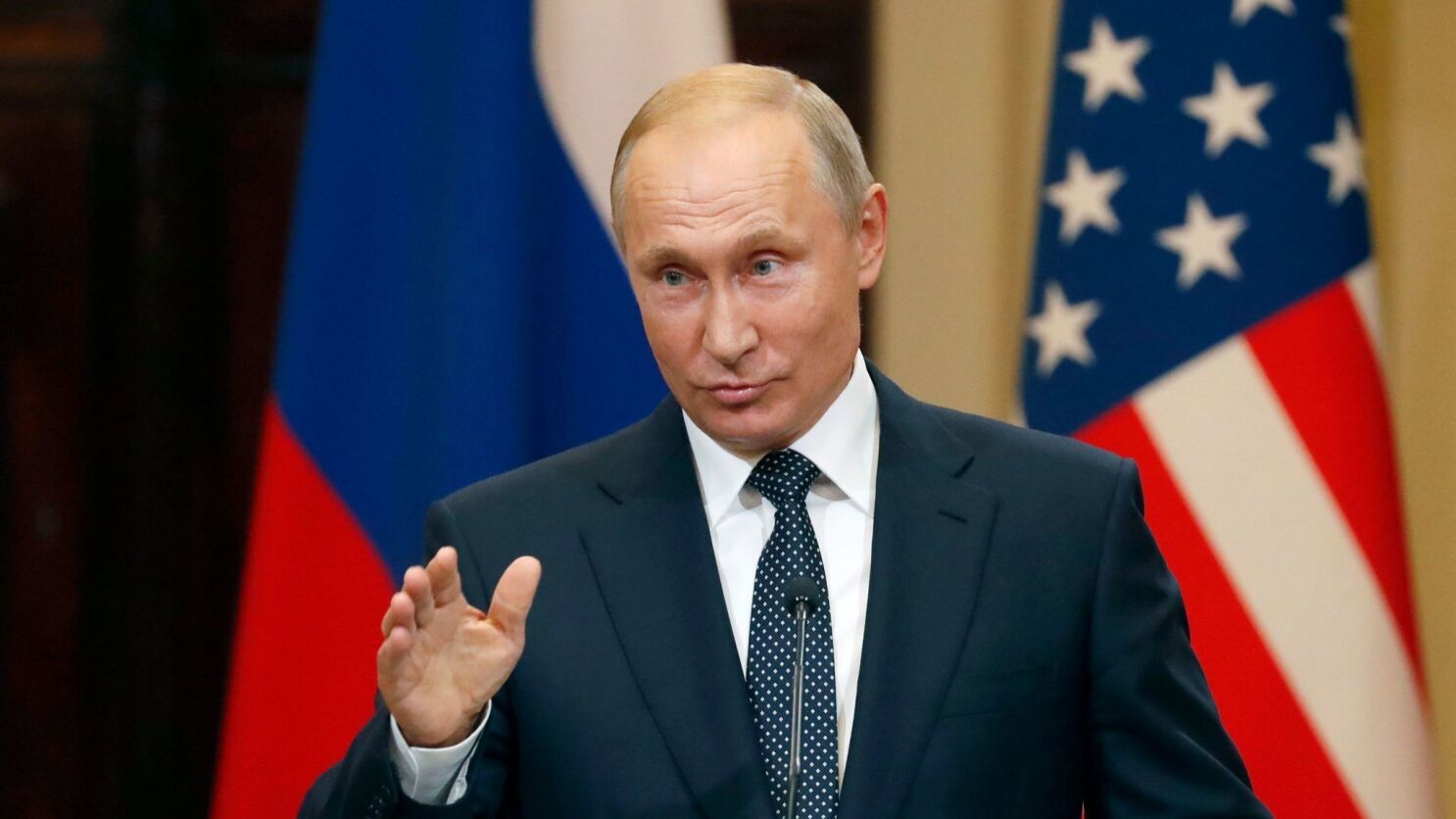It’s difficult to envision a Russian military intrusion of Ukraine being viewed as something besides a significant international shock. But worldwide financial backers have up until this point shown little tendency to stop assets in conventional places of refuge regardless of long stretches of threatening troop developments, retaliation dangers and transport strategy.
Investors’ conflict playbook: How to protect their portfolios if Russia invades Ukraine.
Stocks have had a ropey opening to 2022 without a doubt and forefront interests in Ukrainian or Russian obligation have endured.
Be that as it may, there’s been no scramble to fluid government bonds – an incredible inverse truth be told, as financial backers behave irrationally of spiking expansion and national bank birds of prey. Neither had there been observable moves to Swiss francs, Japanese yen or even U.S. dollars – all piece of an average ‘security’ playbook.
Valuable metals and energy costs are the only ones to mirror the strain, to some extent halfway, this year – despite the fact that isolating the Ukraine impact from the wide range of various variables is troublesome there as well.
Do advertises never again see such international eruptions as monetary shocks or market gambles fundamentally? Or on the other hand is excessively hard to satisfactorily value ventures around all political tail chances?
You hear individuals say both.
Yet, a concern for some, the present moment is that markets are caught by profoundly associated moves in stocks and securities – following pandemic-related financial salvage bundles and presently inversions.
Also, the most prompt financial effect from the stalemate may just be to prod previously taking off energy costs, misrepresenting tension on national banks and public spending plans and further discouraging financial backers from what might somehow or another be the default choice of purchasing bonds.
“Everything is being seen through the crystal of the Fed’s response work at the present time,” said Sahil Mahtani, specialist at resource administrator Ninety One. Progressively hawkish national banks center around center paces of expansion, he added, however high energy costs bigly affect inserting expansion assumptions and policymakers will be worried about that.
Mahtani said the obvious absence of security plays around the Ukraine deadlock reflects the issue for blended 60-40 value bond portfolios – there’s no genuine support assuming both resource classes are moving in a similar heading.
While these blended assets saw bonds and stocks floated together by the money related upgrades to battle COVID, the unfurling ‘standardization’ may have the sweeping inverse impact. A regular worldwide 60-40 asset acquired around 40% from the March 2020 lows, as per Generali Investments, and this year could be altogether different.
Mahtani thinks dollar cash and extremely short dated Treasuries might in any case get an offered if the most awful comes to the most awful in Ukraine.
Be that as it may, here too the image is a long way from clear. The ‘long dollar’ bet on increasing Fed financing costs is as of now considered to be a packed exchange and the mind-boggling agreement for higher dollar this year has been frustrated such a long ways in January.


